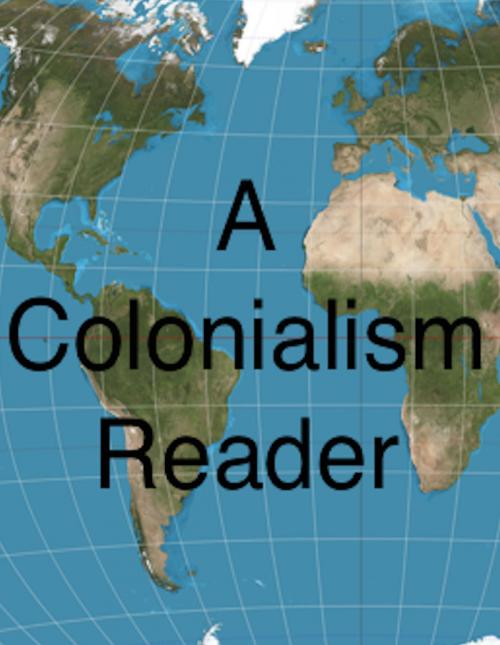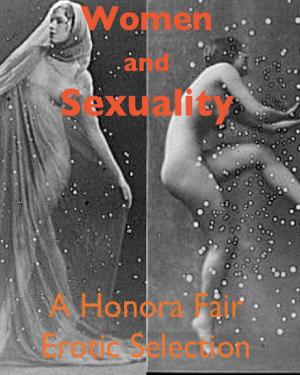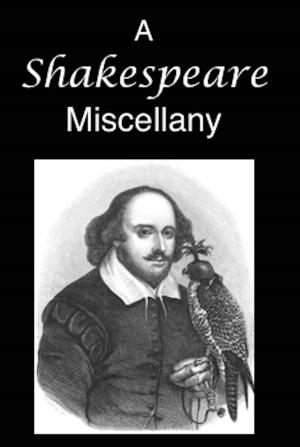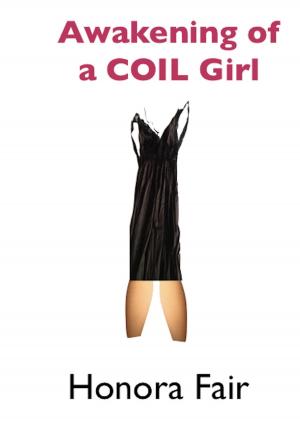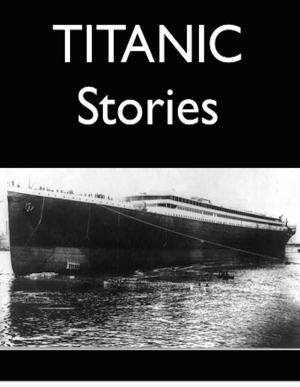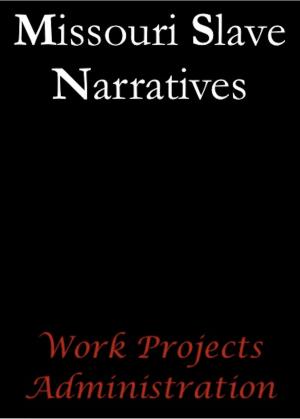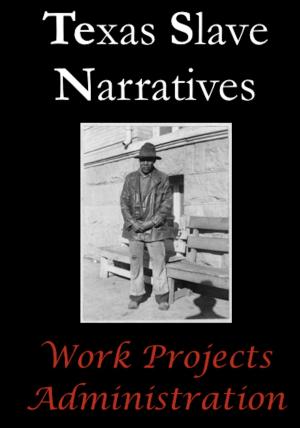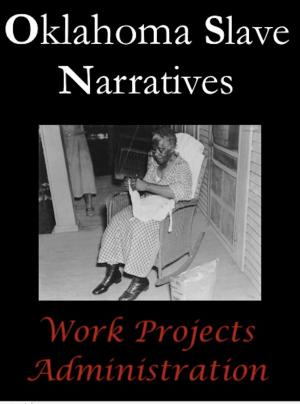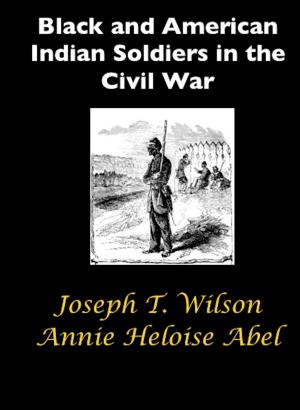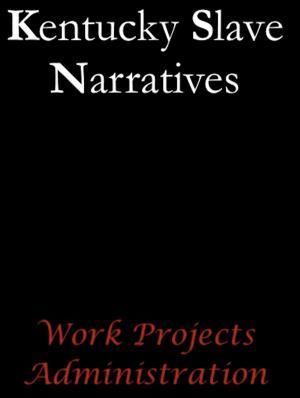| Author: | Arthur Conan Doyle, Marcus Clarke, James Weldon Johnson | ISBN: | 1230000243527 |
| Publisher: | AfterMath | Publication: | August 24, 2013 |
| Imprint: | Language: | English |
| Author: | Arthur Conan Doyle, Marcus Clarke, James Weldon Johnson |
| ISBN: | 1230000243527 |
| Publisher: | AfterMath |
| Publication: | August 24, 2013 |
| Imprint: | |
| Language: | English |
This volume contains several critical views of colonialism from a variety of perspectives in many widely separated parts of the world: Africa, the Americas, India, and Australia.
The Crime of the Congo, by Sir Arthur Conan Doyle, describes what is clearly the worst case of abuse during the primary period of the so-called “scramble for Africa,” when European powers rushed to conquer as much of the continent as they could. What makes the Congo stand out so far in this disastrous period was that the Congo was developed for King Leopold II of Belgium by a private company under the initial guidance of Henry Stanley (yes, that Stanley). The Congo was ruled as a personal fiefdom as a source of great mineral and agricultural wealth until social and political pressure from many European countries and also many Belgians to ceded control of his colonial fiefdom to the country of Belgium in 1908. It is not known if returning control to the residents of the Congo was considered at this time. It is known that more than 15 million people died during this period of control.
A Brief Account of the Destruction of the Indies, by Bartolome de las Casa, describes the stealing of resources and the murder of the indigenous people in the Caribbean and in Central and South America, as well as the death of many people due to disease and famine.
Indian Speeches, by Viscount Morley, describes some views of British colonialism in the subcontinent of India. The speeches were given to Parliament during a time period a few years before the return of Mahatma Gandhi to India in 1915.
For the Term of His natural Life, written by Marcus Clarke, describes a different perspective of colonialism - that of the person being forced to emigrate to a colony far remote from the colonist’s homeland. It provides an interesting perspective on the early period of English colonization of Australia, a continent viewed by the British who encountered it as Terra Nova - unoccupied land - ignoring the people who were already there.
Self-Determining Haiti, by James Weldon Johnson, provides perspectives on the involvement of the United States with Haiti, a country that had achieved its independence from France via a rebellion. The rebellion and subsequent loss of this important colony was a major influence on the decision of Emperor Napoleon to sell the land known as the Louisiana Purchase to the United States during the presidency of Thomas Jefferson.
The Maroons of Jamaica and The Maroons of Surinam describe the effects of colonialism in these places. Both were written by Thomas Wentworth Higginson and were compiled, along with Gabriel’s Defeat, Denmark Vesey, and Nat Turner’s Insurrection, in his book Travellers and Outlaws: Episodes in American History.
This volume contains several critical views of colonialism from a variety of perspectives in many widely separated parts of the world: Africa, the Americas, India, and Australia.
The Crime of the Congo, by Sir Arthur Conan Doyle, describes what is clearly the worst case of abuse during the primary period of the so-called “scramble for Africa,” when European powers rushed to conquer as much of the continent as they could. What makes the Congo stand out so far in this disastrous period was that the Congo was developed for King Leopold II of Belgium by a private company under the initial guidance of Henry Stanley (yes, that Stanley). The Congo was ruled as a personal fiefdom as a source of great mineral and agricultural wealth until social and political pressure from many European countries and also many Belgians to ceded control of his colonial fiefdom to the country of Belgium in 1908. It is not known if returning control to the residents of the Congo was considered at this time. It is known that more than 15 million people died during this period of control.
A Brief Account of the Destruction of the Indies, by Bartolome de las Casa, describes the stealing of resources and the murder of the indigenous people in the Caribbean and in Central and South America, as well as the death of many people due to disease and famine.
Indian Speeches, by Viscount Morley, describes some views of British colonialism in the subcontinent of India. The speeches were given to Parliament during a time period a few years before the return of Mahatma Gandhi to India in 1915.
For the Term of His natural Life, written by Marcus Clarke, describes a different perspective of colonialism - that of the person being forced to emigrate to a colony far remote from the colonist’s homeland. It provides an interesting perspective on the early period of English colonization of Australia, a continent viewed by the British who encountered it as Terra Nova - unoccupied land - ignoring the people who were already there.
Self-Determining Haiti, by James Weldon Johnson, provides perspectives on the involvement of the United States with Haiti, a country that had achieved its independence from France via a rebellion. The rebellion and subsequent loss of this important colony was a major influence on the decision of Emperor Napoleon to sell the land known as the Louisiana Purchase to the United States during the presidency of Thomas Jefferson.
The Maroons of Jamaica and The Maroons of Surinam describe the effects of colonialism in these places. Both were written by Thomas Wentworth Higginson and were compiled, along with Gabriel’s Defeat, Denmark Vesey, and Nat Turner’s Insurrection, in his book Travellers and Outlaws: Episodes in American History.
